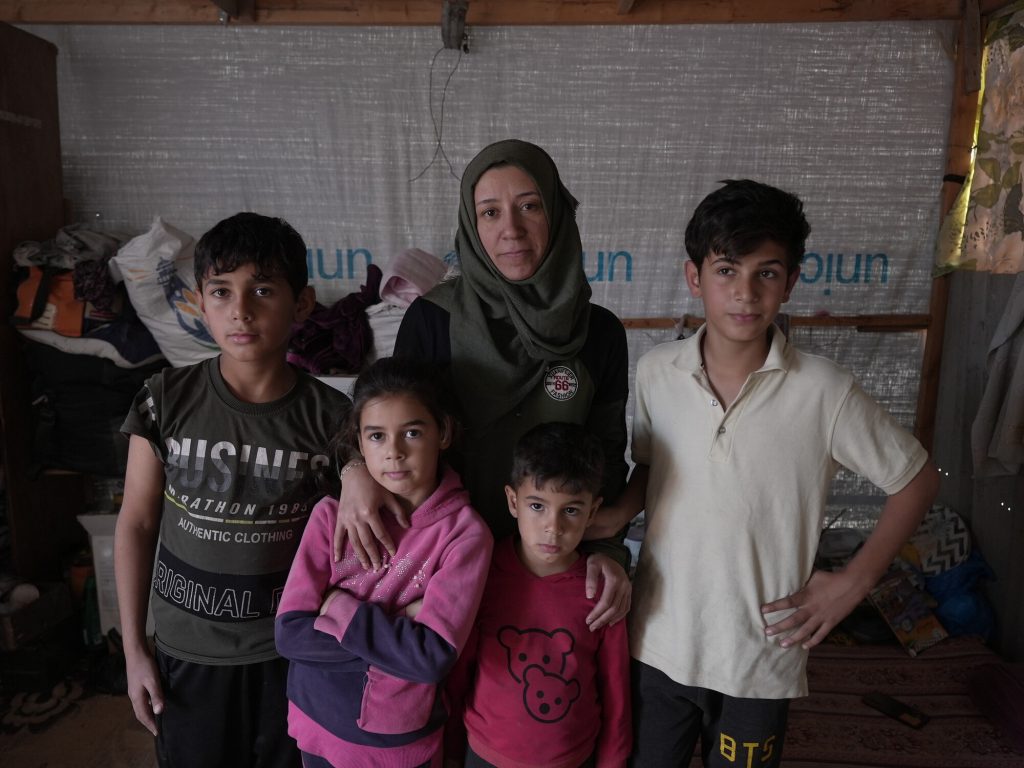Childcare for all. How do we get there?
Unlocking the potential of our future generation begins with ensuring that every child, irrespective of their background, has access to high-quality early learning and childcare (ELCC) services. It shouldn’t be a privilege limited by socioeconomic status, culture, gender, race, ethnicity, abilities, or geographical location. In Canada, there is a growing movement to establish a universal and inclusive ELCC system that benefits all children, regardless of their background. This article explores the progress made so far and the challenges in achieving this goal.
The Journey Towards Universal Early Learning and Childcare
The call for a universal public system of early learning and child care in Canada has been a resounding demand for over five decades. However, it wasn't until 2021 that significant progress was made, as the Canadian government committed $30 billion over five years to develop a comprehensive ELCC system. This collaborative effort involves cooperation with provinces and territories to build an equitable and inclusive system.
The recognition of child care as an essential element of Canada's post-COVID-19 economic recovery, children's development, and women's economic justice marked a significant turning point. The objectives of this initiative include:
- Reducing fees for regulated early learning and childcare to $10 a day by 2026.
- Creating more licensed not-for-profit and public childcare spaces.
- Improving access to services for vulnerable families and communities.
- Enhancing quality and inclusivity.
- Recruiting and retaining qualified early childhood educators.
- Supporting the implementation of the Indigenous Early Learning and Child Care Framework.
Progress Made and Persisting Challenges
Since 2021, there have been noticeable improvements in the affordability of regulated child care, with parent fees in some areas reduced to $10 a day. New childcare spaces have been created, and there is a parliamentary commitment to enshrine ELCC in legislation. However, access disparities persist and, in some cases, are worsening.
One critical issue is that governments still rely on market-based solutions and individual initiatives to expand child care programs across Canada. This uncoordinated approach fails to meet the growing demand from those who need childcare most. At the same time, early childhood educators and staff are leaving the sector due to low wages and impossible working conditions. Building a universally accessible and equitable system requires governments to take responsibility for implementing and sufficiently funding child care programs and fair wages for educators.
Ensuring No One is Left Behind
We must ensure that no one is left behind as we work towards a Canada-wide Early Learning and Child Care system. The experiences of individuals like Mireille, a childcare advocate, highlight the urgent need to break down barriers to equitable access and guarantee that every child has an equal opportunity to succeed. Watch Mireille's story. [Building a Childcare System that Works for Immigrant and Refugee Women Series]
Challenges to Universal Public Early Learning and Childcare
The current market-based approach is one of Canada's most significant obstacles to achieving universal public ELCC. This approach disproportionately affects marginalized communities, including Indigenous, Black, people with disabilities, racialized, 2SLGBTQ+, and newcomer families. These communities face multiple barriers, including limited social networks for finding suitable child care, discriminatory experiences, difficulty finding programs that meet language and cultural needs, lack of flexible child care options, and limited access to regulated and high-quality public services in their neighbourhoods or via public transit.
Solutions to Achieve Universal Public ELCC
To overcome these challenges and move closer to a universally accessible childcare system we propose three critical solutions:
1. Transition from Subsidies to Funding ELCC Operators
Canada aims to achieve $10 day child care by March 2026. Provinces and territories are working towards this goal, but the approach varies. One strategy is to direct public funds to parents through subsidies rather than directly supporting ELCC operators. However, subsidies are not accessible to everyone, and eligibility restrictions prevent many families from accessing them.
The goal of $10 a day child care can be better achieved by directly funding regulated non-profit and public ELCC operators. This approach ensures that public funds are allocated to improve quality, increase staff compensation, enhance program availability, and capping parent fees at $10 per day for full-day program. This approach will benefit all families, regardless of income.
2. Enhance Public Funding, Planning, and Management for Child Care Expansion
Research shows 48 per cent of younger children in Canada--not yet in kindergarten-- live in a child care desert. This means a postal code in which there are at least three children competing for a licensed child care space.
As parent fees decrease and demand grows, increasing public funding for childcare services is crucial. Provinces and territories should lead in planning and managing the expansion of programs, addressing the issue of childcare deserts, and ensuring that every child has access to affordable and high-quality child care.
3. Build a Strong ELCC Workforce Strategy
The quality and expansion of $10 a day childcare heavily depends on the educators and staff. Currently, child care operators struggle to attract and retain qualified professionals due to poor working conditions and low pay.
According to the Early Childhood Education Report, in 2021, the average hourly wage for staff working in licensed child care was $20, one-third of the licensed child care workforce didn’t receive health benefits, 41 per cent received no paid personal leave, and only 17.7 per cent had access to RRSPs or private pension plans through their employer.
To attract and retain qualified professionals, federal, provincial, and territorial governments must implement a multilateral workforce strategy that guarantees decent salary grids, benefits, opportunities for professional growth, and clear implementation timelines.
Join the Movement
These solutions are part of the advocacy toolkit developed under the Inclusive Child Care for All project and represent a crucial step towards achieving universal and inclusive early learning and child care in Canada. Join the movement and support inclusive child care for all.
Gabriela Cervantes is a program officer at Oxfam Canada's Canadian programs team.

